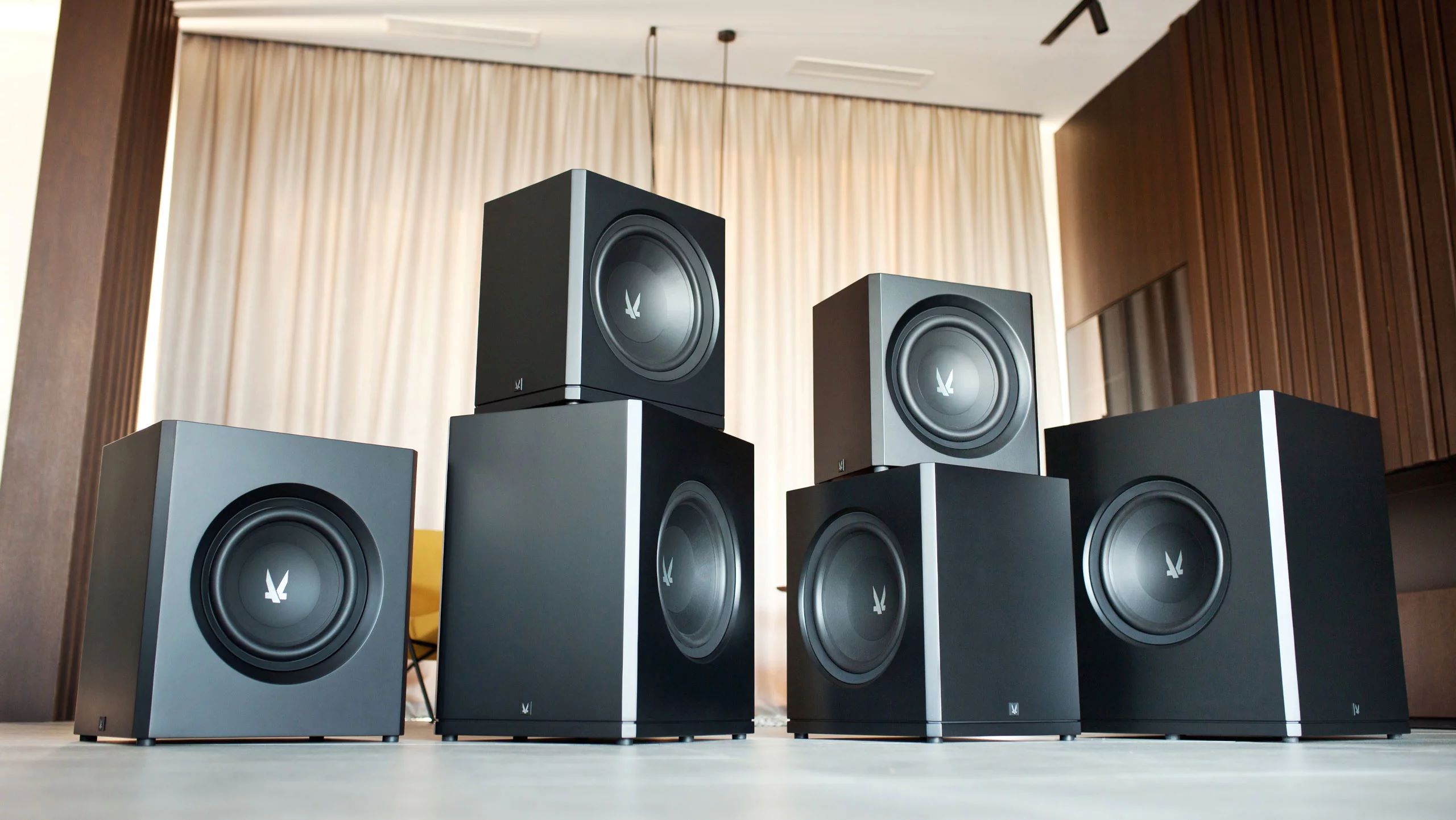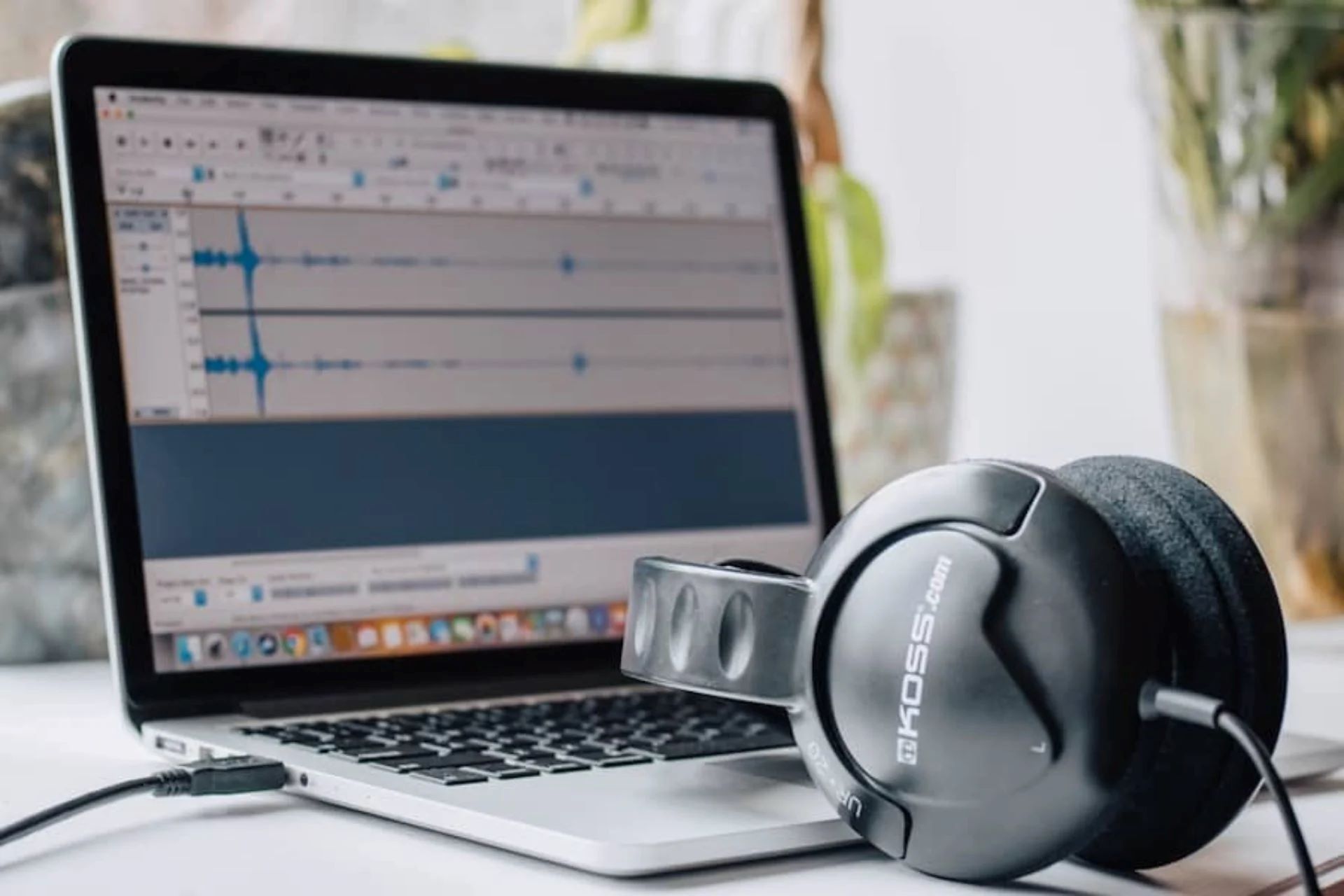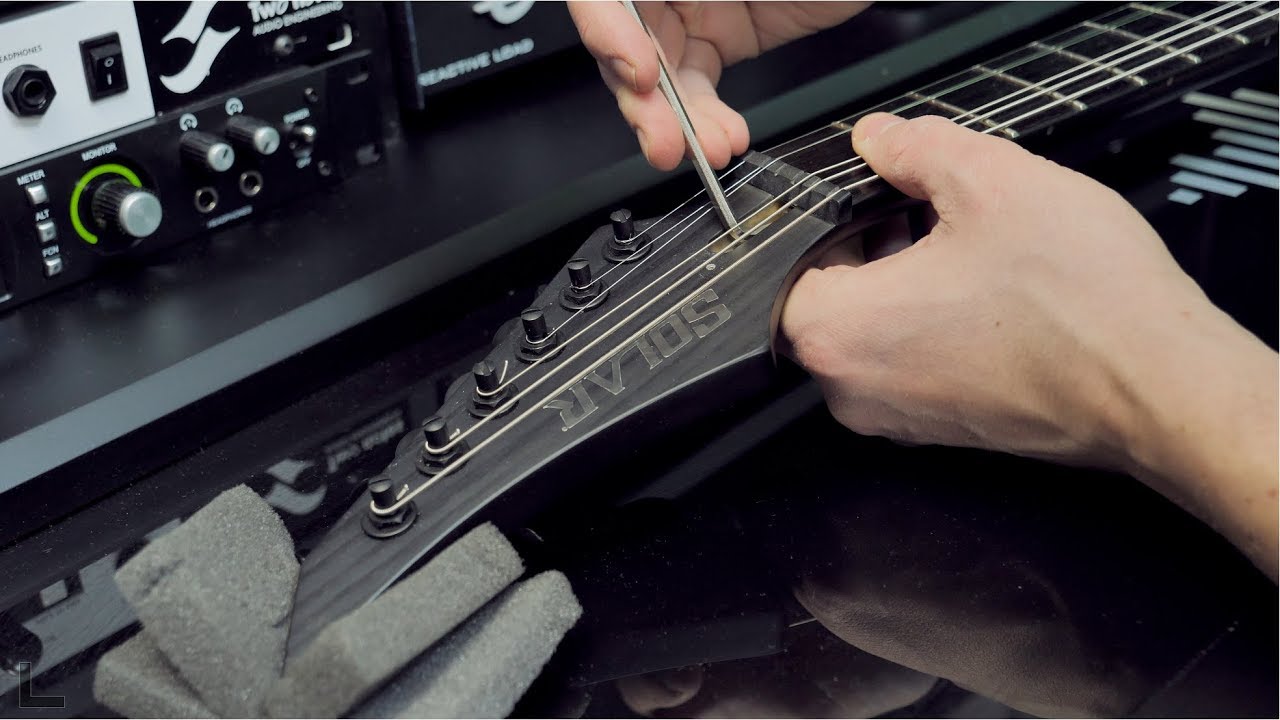Home>Devices & Equipment>Turntable>How Heavy Should A Good Turntable Weight


Turntable
How Heavy Should A Good Turntable Weight
Modified: January 22, 2024
Looking to buy a turntable? Find out the ideal weight for a good turntable and make an informed decision. Discover the importance of turntable weight.
(Many of the links in this article redirect to a specific reviewed product. Your purchase of these products through affiliate links helps to generate commission for AudioLover.com, at no extra cost. Learn more)
Table of Contents
Introduction
Welcome to the world of turntables, where the pursuit of perfect sound quality is a never-ending journey. As audiophiles, music lovers, and vinyl enthusiasts, we are always in search of the best equipment to enhance our listening experience. While many factors contribute to the overall performance of a turntable, one often overlooked element is its weight.
Turntable weight plays a crucial role in the performance and stability of the device. The weight of a turntable affects its ability to absorb vibrations, maintain consistent motor speed, and reduce unwanted resonances. In this article, we will explore the importance of turntable weight, the optimal weight for turntables, factors to consider when choosing the weight, different approaches to turntable weight, and debunk some common misconceptions.
Whether you’re a seasoned vinyl collector or just starting your journey into the world of vinyl, understanding the significance of turntable weight will help you make informed decisions when purchasing or upgrading your turntable. So, let’s dive in and discover how to achieve the perfect balance for your turntable!
The Importance of Turntable Weight
Turntable weight plays a significant role in the overall performance and sound quality of a turntable. The weight of the turntable helps to stabilize the device and minimize vibrations, resonances, and unwanted noise. Here are a few key reasons why turntable weight is important:
- Vibration Control: Turntables are highly sensitive to vibrations, as they can cause the stylus to skip, resulting in distorted sound. The weight of the turntable helps to dampen and absorb vibrations, ensuring that the stylus remains in the groove and tracks the record accurately.
- Speed Stability: A heavier turntable is more resistant to speed fluctuations. The weight of the turntable platter helps to maintain a consistent rotational speed, which is vital for accurate playback. This stability ensures that the music is reproduced faithfully, without any variations in pitch or speed.
- Reduced Resonance: Turntable weight also contributes to reducing resonances that can occur within the turntable’s components. The heavier the turntable, the less likely it is to resonate with external vibrations or create internal vibrations that can negatively impact sound quality.
- Improved Sound Quality: By reducing vibrations and resonance, turntable weight contributes to improved sound quality. The result is a cleaner, more detailed, and more dynamic audio reproduction that allows you to fully appreciate the nuances and intricacies of your favorite vinyl records.
It’s important to note that while turntable weight is essential, it shouldn’t be the sole determining factor when selecting a turntable. Other factors, such as the quality of the tonearm, cartridge, and overall construction, should also be considered to ensure optimal performance. However, neglecting the role of turntable weight can result in a compromised listening experience.
Now that we understand the importance of turntable weight, let’s explore the ideal weight range for turntables and the factors to consider when choosing the weight in the next section.
The Optimal Weight for Turntables
When it comes to the optimal weight for turntables, there is no one-size-fits-all answer. The ideal weight range can vary depending on several factors, including the type of turntable, its construction, and personal preferences. However, there are some general guidelines that can help you determine the optimal weight for your turntable.
Typically, turntables fall into three weight categories:
- Lightweight Turntables: These turntables typically weigh less than 10 pounds (4.5 kilograms). They are often portable, compact, and designed for casual listening or entry-level setups. While lightweight turntables can be convenient for mobility, they may lack the stability and vibration control found in heavier options.
- Medium-weight Turntables: These turntables generally weigh between 10 and 20 pounds (4.5 to 9 kilograms). They strike a balance between portability and stability, providing decent vibration control and speed stability. Medium-weight turntables are suitable for most home setups and offer a good compromise between performance and convenience.
- Heavyweight Turntables: These turntables typically weigh over 20 pounds (9 kilograms) or more. They are built with a focus on stability, vibration damping, and superior sound quality. Heavyweight turntables are often preferred by audiophiles and enthusiasts who prioritize the best possible performance.
Ultimately, the optimal weight for your turntable will depend on your listening environment, the quality of your vinyl records, and your personal preferences. A heavier turntable generally provides better vibration control, stability, and sound quality. However, it’s important to ensure that your turntable is properly supported and placed on a sturdy surface to maximize its performance, regardless of its weight.
When considering the weight of your turntable, it’s also crucial to take into account the quality of its components. The tonearm, platter, and motor construction all contribute to the overall performance, and a well-designed turntable with quality components will provide better results regardless of its weight.
Next, let’s explore the factors you should consider when choosing the weight of your turntable, as it’s not just about the number on the scale, but also the specific characteristics of the turntable itself.
Factors to Consider When Choosing Turntable Weight
When selecting the weight for your turntable, there are several important factors to consider. These factors will help ensure that the weight is compatible with the turntable’s design, intended use, and overall performance. Here are some key considerations:
- Tonearm Design: The weight of the turntable should be compatible with the tonearm design. Some tonearms are more sensitive to changes in weight and may require a specific range to operate optimally. It’s important to consult the turntable’s manufacturer guidelines or seek advice from experts to ensure the weight is suitable for the tonearm.
- Vibration Control: If your listening environment is prone to vibrations, such as a room with heavy foot traffic or proximity to speakers, a heavier turntable can provide better vibration control. The added weight helps absorb and isolate vibrations, ensuring a cleaner sound reproduction.
- Total Mass: The weight of the turntable should be proportionate to the overall mass of the turntable system. This includes the plinth (the base that supports the turntable components), the platter, the tonearm, and any additional accessories. A balanced total mass helps maintain stability and minimizes unwanted resonances.
- Record Condition: If you primarily play older or more delicate vinyl records, a heavier turntable can be beneficial. The additional weight helps to mitigate any warps or imperfections in the record, resulting in better tracking and playback performance.
- Listening Preferences: Your personal listening preferences also play a role in determining the optimal weight for your turntable. If you prefer a powerful and impactful sound with deep bass, a heavier turntable can provide better bass response and overall dynamic range. However, if you prefer a more detailed and nuanced sound, a lighter turntable may be suitable for capturing subtle nuances.
It’s important to note that while choosing the appropriate weight is crucial, it should be considered alongside other factors, such as the quality of the components, overall build construction, and budget constraints. It’s always recommended to audition different turntables and seek advice from knowledgeable experts to find the best balance for your specific needs.
Now that we understand the factors to consider when choosing turntable weight, let’s explore different approaches to turntable weight in the next section.
Different Approaches to Turntable Weight
When it comes to turntable weight, there are different approaches that manufacturers take, each with its own benefits and considerations. Let’s explore some of the common approaches to turntable weight:
- High-Mass Approach: Some manufacturers opt for a high-mass approach, where the turntable is designed to be heavy and robust. These turntables typically have thick platters, heavy plinths, and solid construction. The high mass helps provide excellent stability, vibration damping, and reduced resonances. This approach is often favored by audiophiles who prioritize sound quality and low distortion.
- Mass-Loaded Approach: In the mass-loaded approach, manufacturers use additional mass on specific components to achieve ideal performance. For example, they may distribute mass evenly across the platter or incorporate additional weights in the tonearm. This approach allows for precise control over vibration and resonance, resulting in improved sound quality. Mass-loaded turntables strike a balance between the high-mass and low-mass approaches.
- Low-Mass Approach: On the other end of the spectrum, some manufacturers adopt a low-mass approach for their turntables. These turntables emphasize lightweight construction, often using materials like aluminum or carbon fiber to reduce mass. Low-mass turntables can provide excellent detail retrieval, transient response, and tracking accuracy. They are popular among audiophiles who prioritize transparency and accuracy in sound reproduction.
- Suspension Systems: Another approach to turntable weight involves incorporating suspension systems. These systems use various mechanisms, such as springs or air suspension, to isolate the turntable from external vibrations. The weight of the turntable is often designed to work in harmony with the suspension system, optimizing its effectiveness. Turntables with suspension systems can provide exceptional isolation and further enhance the sound quality.
- Modular Designs: Some turntable manufacturers adopt a modular approach, allowing users to customize the weight or add-on additional weight modules based on their preferences. This flexibility enables users to experiment and fine-tune the turntable’s performance according to their specific requirements and listening environment.
It’s important to note that there is no one “correct” approach to turntable weight. Each approach has its benefits and considerations, and the best choice will depend on your individual preferences, listening environment, and the overall system synergy. It is recommended to audition different turntables and consider expert advice to determine which approach aligns best with your needs.
Now, let’s address some common misconceptions about turntable weight in the next section to help further deepen our understanding.
Common Misconceptions about Turntable Weight
When it comes to turntable weight, there are several misconceptions that can lead to confusion or misinformation. Let’s debunk some of the common misconceptions about turntable weight:
- Heavier is Always Better: While a heavier turntable can provide better stability and vibration control, it doesn’t necessarily guarantee superior sound quality. The overall design, quality of components, and system synergy play a significant role in determining performance. It’s important to consider all factors holistically rather than solely relying on the weight of the turntable.
- Lightweight Turntables are Inferior: Lightweight turntables have their purpose and can offer excellent performance in specific scenarios. They are often designed for portability, casual listening, or entry-level setups. When properly built with quality components, lightweight turntables can still provide enjoyable and satisfactory sound reproduction.
- Adding Weight Improves any Turntable: While adding weight to certain turntables can improve stability and reduce vibrations, it may not be suitable or beneficial for all turntables. Some turntables are specifically engineered to perform optimally at their intended weight. Adding weight without considering the design and specifications may negatively impact performance.
- Weight is the Only Factor for Sound Quality: Turntable weight is just one of many factors that contribute to sound quality. The quality of the tonearm, cartridge, stylus, platter, and overall build construction are equally important. It’s essential to consider all components and their synergy to achieve the best possible sound reproduction.
- There is a Universal Optimal Weight: There is no universal optimal weight for turntables. The ideal weight range varies depending on several factors like the turntable type, tonearm design, listening environment, and personal preferences. The optimal weight for one turntable may not be the same for another.
Understanding these misconceptions helps ensure that you make informed decisions and avoid falling into false assumptions when it comes to turntable weight. It’s essential to consider the specific characteristics and requirements of your turntable and seek expert advice when necessary.
Let’s wrap up and summarize what we’ve learned about turntable weight in the next section.
Conclusion
Turntable weight plays a crucial role in the performance and sound quality of your vinyl playback system. It helps in stabilizing the turntable, controlling vibrations, maintaining speed stability, and reducing resonances. While there is no one-size-fits-all answer to the optimal weight for turntables, understanding the importance of turntable weight and considering various factors can guide you in making the right choice.
Factors such as tonearm design, vibration control, total mass, record condition, and personal listening preferences should be taken into account when choosing the weight for your turntable. Manufacturers employ different approaches, such as high-mass, mass-loaded, and low-mass designs, as well as incorporating suspension systems or offering modular options. Each approach has its own benefits and considerations, tailored to different audiophile preferences and listening environments.
It’s important to debunk common misconceptions around turntable weight, such as assuming that heavier is always better or that weight is the sole factor for sound quality. Understanding that turntable weight is just one element of a well-designed and well-constructed turntable system will help you make informed decisions and achieve the best possible sound reproduction.
Whether you opt for a lightweight, medium-weight, or heavyweight turntable, it’s crucial to prioritize overall system synergy, quality of components, and your specific listening preferences. Auditioning different turntables and seeking expert advice can further assist you in finding the perfect balance of weight, performance, and sound quality.
Now that you have a deeper understanding of the importance of turntable weight and the factors to consider when choosing the weight, you can confidently embark on your journey to elevate your vinyl listening experience. Enjoy the rich, warm sound of your favorite records as you immerse yourself in the nostalgia and magic of vinyl music!











